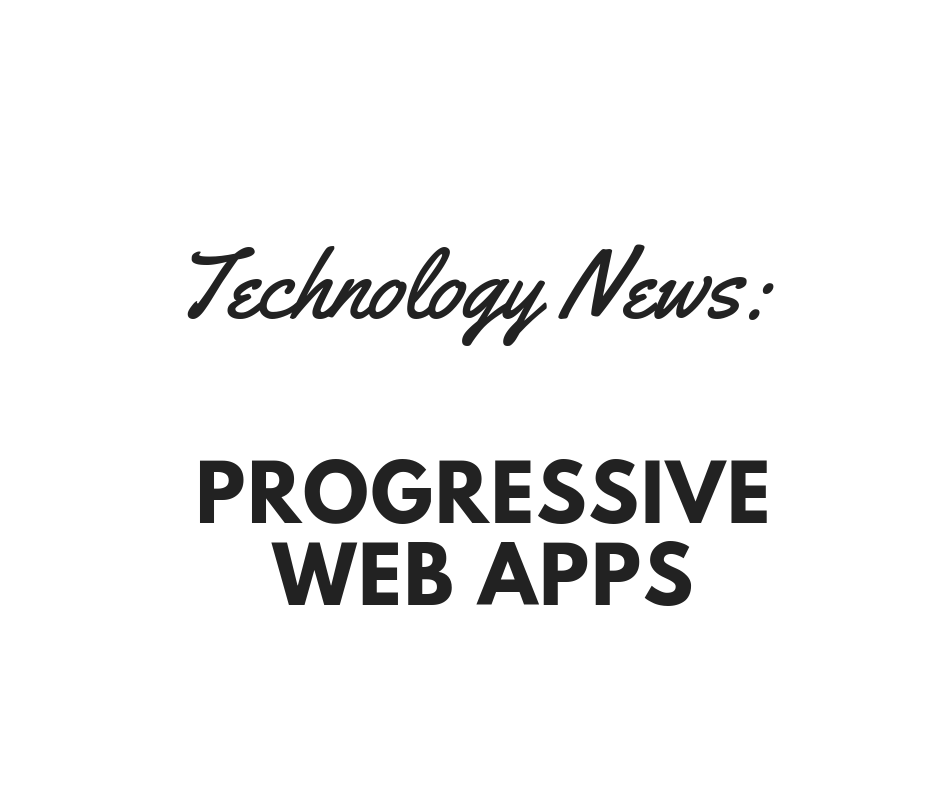
Talking about PWAs: A Guide for Facilities
New technology can be intimidating, especially when you’re looking for a way to explain to others. I’m sure you’ve heard all the buzz on Progressive Web Apps and how they’re completely transforming fortune 500 companies into searchable machines; although progressive web apps sound complex in nature, they’re actually quite simple in terms of utilization.
So, you’ve just implemented a Progressive Web App for your facility, but want to make sure you understand how the process works. Or are you looking at adopting one, but are unsure if your tenants will actually use a progressive web app (PWA)? There’s nothing to worry about – we are here to help! Whether you’ve just started using this technology or simply just curious, you’re in the right place.
Who’s using a PWA?
Hundreds of major companies are using a progressive web app, including several Fortune 500 companies, such as Forbes. According to PWA Stats, Forbes increased website impressions by 10% and was able to lower the time it takes to load their mobile experience from 6.5 to 2.5 seconds.
Other major companies have also found success with their PWA, such as the Best Western River North Hotel, which saw a mind-boggling 300% increase in revenue after they switched.
Other companies that had great results include:
- Trivago saw an increase of 150% for people who add their PWA to the home screen
- The Weather Channel, which had an 80% improvement in average load time
- Carnival Cruise Line improved conversions with push notifications from 24% to 42% open rate
How is a PWA different from a traditional mobile app?
With a traditional mobile app, users have to visit their app store to find an app. Progressive Web Apps rise above because it shows up on Google and other Search Engine Result Pages. People rarely, if ever, look for a storage facility from their app store, so showing up in search engines will help create attention and drive website traffic and occupancy.
Progressive web apps are developed using state-of-the-art Google technology, and as a result, they take up 70% less data and 25 times less storage space than traditional native apps. For self storage, we recommend an online rental tool, as it allows tenants to rent 24/7. With fully automated facilities, new tenants can even move in without ever having to visit a leasing office.
Downloading a PWA
Downloading a PWA is easy as pie. The graphic below should help mobile users understand what to do. Simply select “allow notifications” and “add to home screen”. That’s it! Once you see it on your home page next to your other mobile apps, you’ll know you’ve done it correctly.
Selecting “allow notifications” is optional but highly recommended, as doing so will allow tenants to receive alerts about changes in hours, upcoming bills, and facility announcements.
Getting Started
Whether you have a facility filled with the latest technology in the industry, or you still keep track of rentals on paper; having a progressive web app provides the opportunity to increase revenue and overall occupancy. In a mobile-first world, tenants expect to be able to rent on their phones 24/7 having an easy access mobile platform for tenants to pay their bill is vital. According to CNBC.com, 72.6% of internet users will access the web solely via their smartphones by 2025, equivalent to nearly 3.7 billion people, with numbers like that keeping up with the times is a must.
Staying competitive against big names is easier than ever with progressive web apps, and showing a tenant who may not have used one before is a quick and easy process that can result in improved customer reviews and overall tenant satisfaction. A happy tenant is less likely to leave, so adopt a progressive web app today to see what it can do for your facility.
Looking for a better explanation? For more information or to schedule a demo, please reach out to our sales team at sales@storagegroupinc.com or at 888-465-6247.